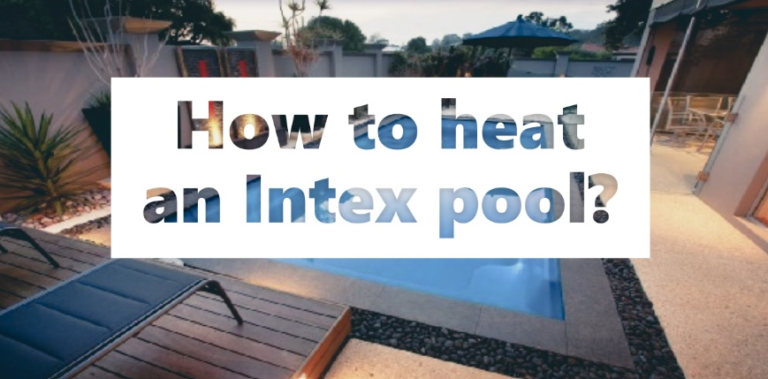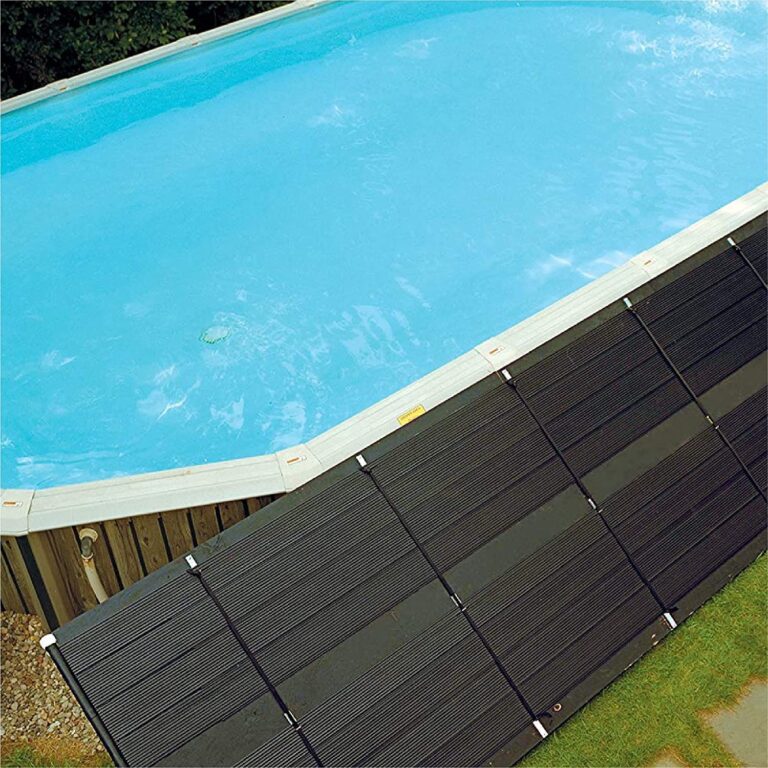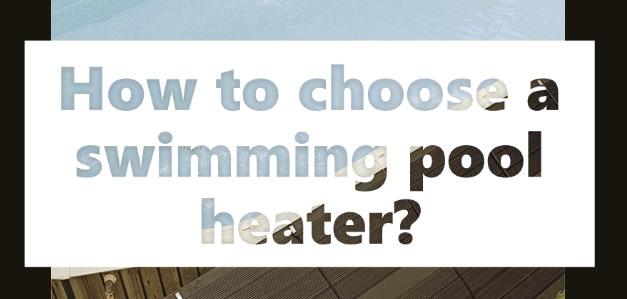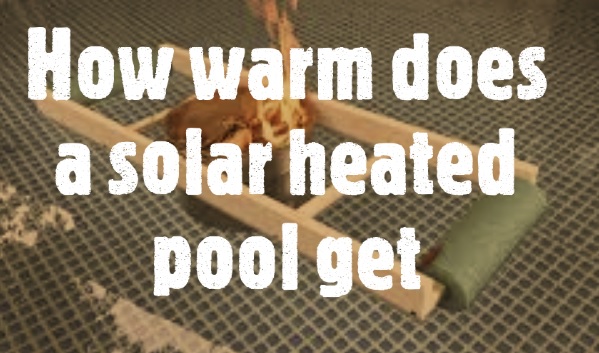Best speed to run pool pump when heating
If you want to save money on your energy bills, learn how the speed of a swimming pool pump affects its energy consumption. So, before you get into trouble with your swimming pool pump, read this guide to learn more about the best speed to run the pool pump when heating.
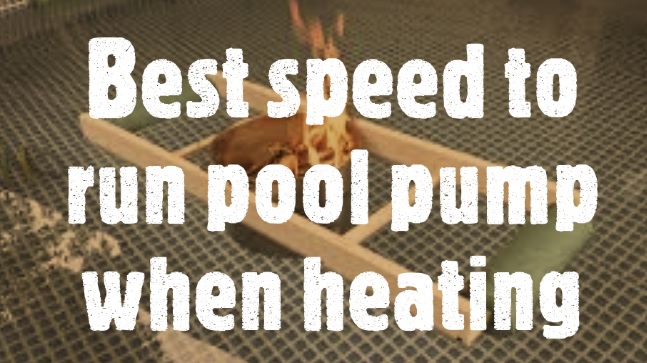
Does the pool pump speed matter when heating the pool?
The best speed of a pool pump when heating your pool is important to consider. While it may seem like a no-brainer, you may be surprised by how many people don’t know or understand the following facts:
- The speed of your pool pump is dependent on its size and power (HP). The higher the HP rating, the faster it will run.
- The speed of your pool pump is also dependent on the size of your swimming pool and how much water needs to be heated. A rule I use for determining this is that for every 10 feet in diameter, you need an additional 5 horsepower (HP). So if you have an 18 foot diameter swimming pool with 72 degree Fahrenheit water temperature, then that would mean that you need approximately 95 HP or more (72 feet x 5 = 360 divided by 18 inch = 21 HP) – however, there are other factors involved in determining what kind of pump/fan combination should be used so please see my article here before making any decisions about which products are right for you.* *
- If possible try not having any obstructions like overhangs or trees near where your outdoor equipment sits – these can cause major disruptions when trying to achieve even distribution throughout each section of your yard!
What is the best speed I can run my pool pump?
- The pump speed depends on the size of your pool.
- You should set it high enough to keep your pool clean, but low enough to save on energy costs and avoid damaging the pump.
- The best setting depends on how many gallons per minute your filter requires, as well as how much pressure loss there is in the filter.
- You can determine this by measuring the flow rate with a flow meter.
What size pump do I need for my pool?
The size of the pump depends on the size of your pool.
This sounds obvious, but it’s important to remember that you need a pump that can handle the flow rate and volume of water in your pool, as well as its depth. You could get away with having a smaller pump than would be ideal if your pool was shallow—but then again, if it were too shallow or small, you wouldn’t need heating anyway!
The general rule is that bigger is better when it comes to pumps. If you have an average-sized aboveground pool and want to heat it with no problems at all (you also have time for exercise), then consider getting one with a flow rate between 1HP and 2HP per hour (approximately 250 gallons per minute). This will ensure that most heating problems are avoided entirely; however, if this seems like too much power consumption for your needs (and wallet), there are other options available at different levels of energy efficiency (and cost).
Is it OK to leave the pool pump on all the time?
Now that you know how much water your pool uses, you can decide whether or not it’s worth it to leave your pump on all the time. It depends on a lot of factors:
- The size of the pump (and/or filter) you have
- The size and shape of your pool
- How long your pump runs each day (and/or night)
- What kind of filter you have (sand? cartridge?)
- How often you add chemicals or top up the water in general
- If it’s hot out — or cold! Some people like their pools cooler than others do; maybe even icy cold like a frozen lake during winter months. Others prefer their summer-time pools to feel more like Jacuzzis by having them heated past normal temperatures for comfort reasons rather than energy conservation ones…which means that running an additional heating system will also increase costs without necessarily providing any added benefits except for maybe feeling nice and cozy inside). We’re all different out there with our own preferences when it comes down to this sort of thing — so what works best for one person might not necessarily work best for another….
How does the pool pump work?
You might think that in order to understand how the pool pump works, you’d have to dive into the deep end of a pool and start testing out different pumps on your own body. Fortunately for us shy people, we don’t have to go quite that far into the watery depths.
The pool pump is a motor-driven device that circulates water through your swimming pool. It’s used in conjunction with other components to filter, heat, and circulate water throughout your pool. The pump motor is connected directly to an impeller—the part where all of this action actually happens—and together they can create enough pressure to move 80 gallons of liquid per minute!
Can you burn out a pool pump motor?
Yes, you can burn out a pool pump motor by running it too fast. If you’re like most people, you probably think that if your pool pump runs at half speed, then it will run twice as long and save you money in the long run. However, this isn’t true; if you underheat your pool water by running your pump too slow for the size of the pool, then you’ll need to replace it sooner than expected because of overheating damage (and no one wants to do that). But don’t worry: with our helpful guide on how fast should I run my swimming pool pump when heating? We’ll help answer all those questions!
What causes a pool pump motor to burn out?
The motor of your pool pump can burn out for a variety of reasons, but one of the most common reasons is too much pressure. When you have too much pressure, it means that air bubbles are being forced up into your pool water because there’s an imbalance between water volume and air volume. This can be caused by:
- Overheating
- Poor maintenance (i.e., cleaning)
- Water chemistry issues (such as an imbalance between alkalinity and pH levels)
- Water quality issues (i.e., high levels of bacteria)
How often should you replace your pool pump motor?
The answer depends on a few factors. The first thing to consider is the type of motor you have in your pool pump, and how old that motor is. If you have an older model, it may be time for a new one. If so, see if you can find a used high-quality replacement at an affordable price; some brands are known for their reliability and durability—these are worth checking out if possible.
Depending on how much use your pool pump motors get during the season, they may need replacing every 3-5 years or so—this varies based on where they’re located (outdoors vs indoors) and how well they’re maintained by regular cleaning/maintenance checks with tools.
You can maximize efficiency by choosing the right pump speed
To find the best speed to run your pool pump when heating, you need to use a calculator based on an equation that takes into consideration several variables.
The first variable is the temperature difference between your pool and water heater (in degrees Fahrenheit). If one is 60 degrees warmer than the other, this number would be 30. The second variable is how much heat loss you want from your pool before it reaches its desired temperature; if you want temperatures in this scenario to drop from 80 down to 70 degrees Fahrenheit before heating starts, then this number will be 10°F/hour. And lastly, here’s how long it takes for heat transfer to occur (usually about 10 minutes or so). This last number can be determined by multiplying together all three variables: 30 x 10 x 10 = 300 minutes (5 hours). So if your pump runs at 1 horsepower and can deliver 15 gallons per minute (gpm), then it’ll take 5 hours at 15 gpm just to get rid of the wasted energy from having too-hot water sitting around in your pool instead of warming up a space that needs it! To figure out what speed corresponds with each power rating and flow rate combination according to manufacturer specifications or user experience across different brands and models of pumps available today…
Conclusion: Best speed to run pool heater when heating
The bottom line is that you should always use the right pump speed for your pool’s size and temperature. You can maximize efficiency by choosing the right pump speed, which means less energy used, less wear and tear on your equipment, and more money saved!


